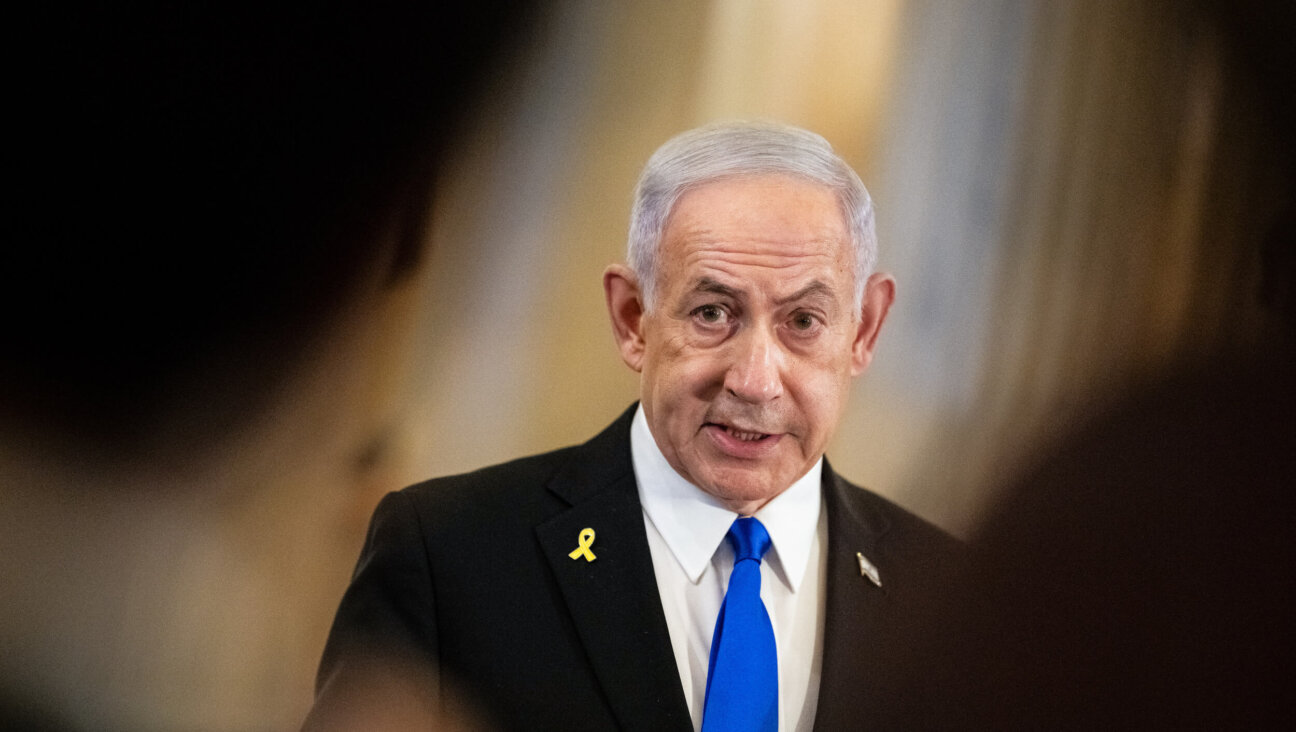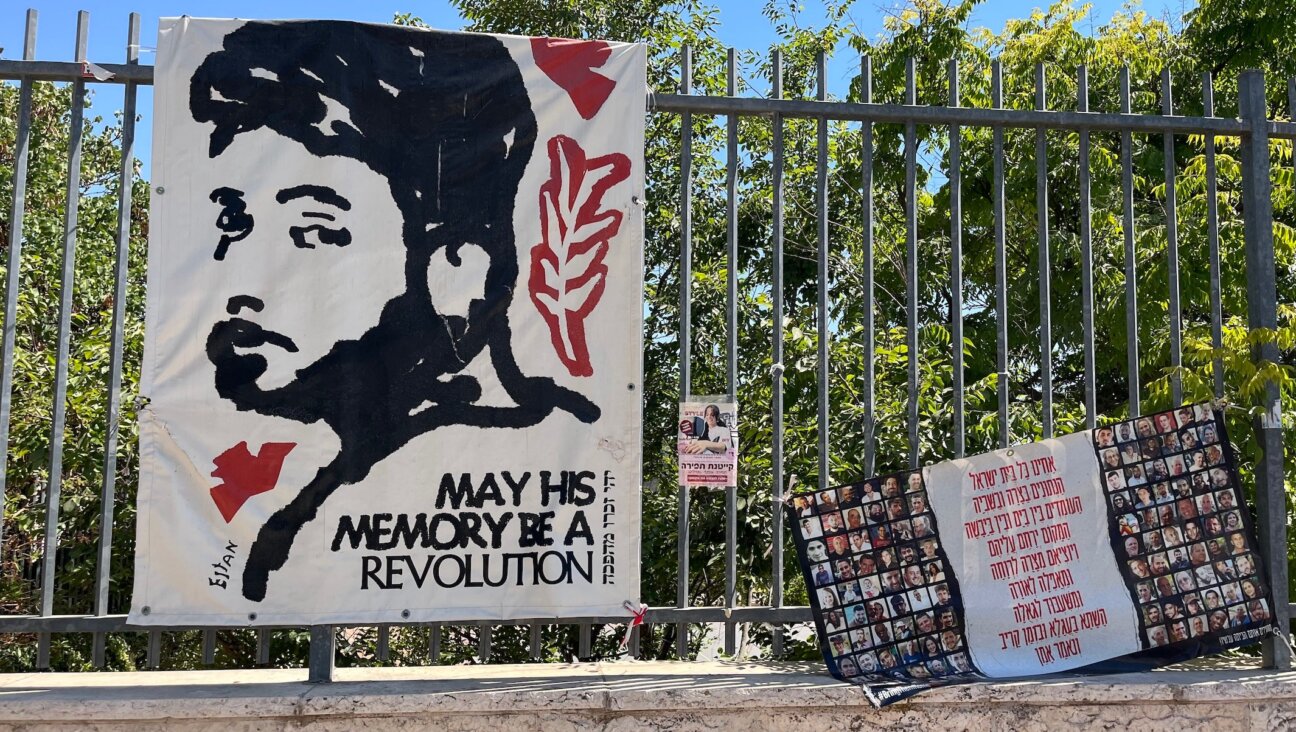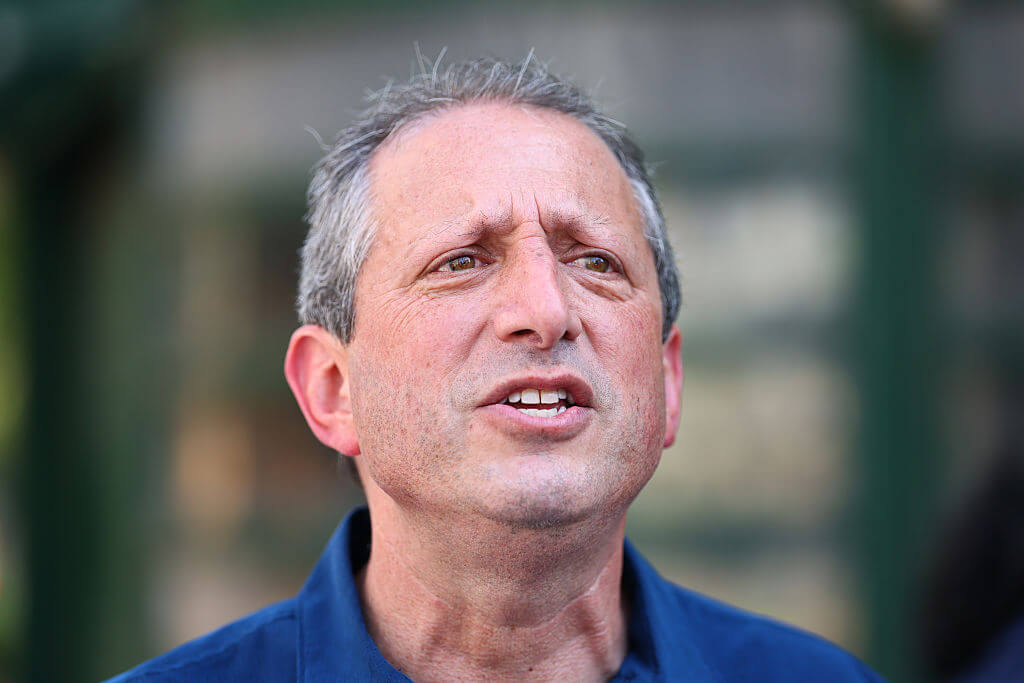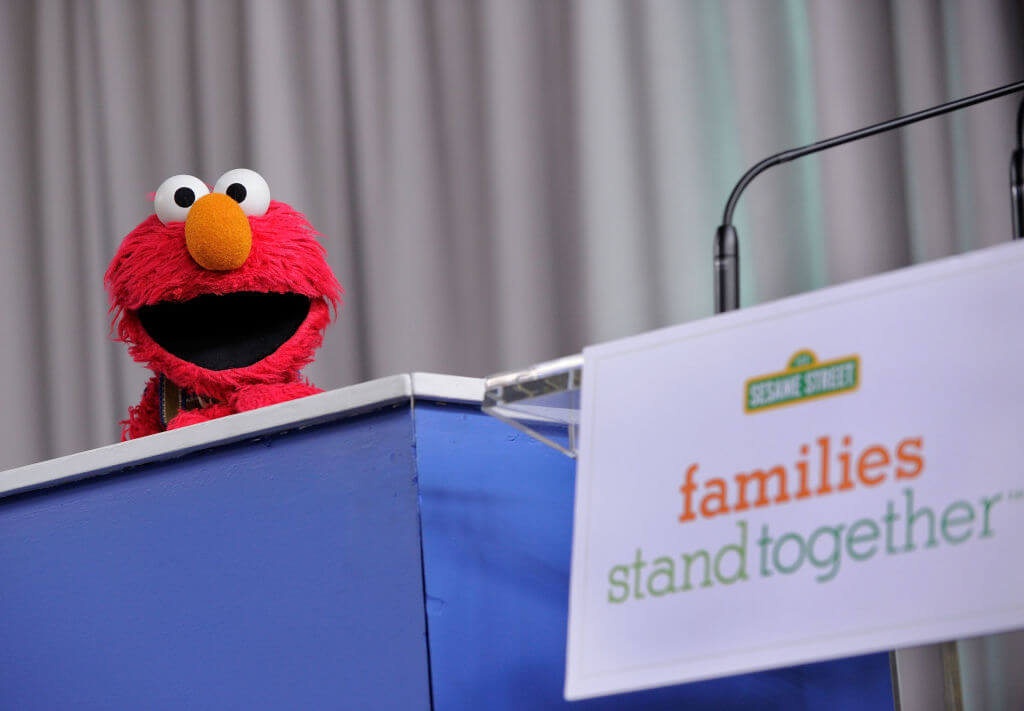Struggling Over Subsidies That Undo Modernity
When the president of the Hebrew University in Jerusalem orders all classes canceled so students can attend an anti-government protest rally, you have to figure something is up. And you would be right. On November 1, university President Menahem Ben Sasson did just that: He canceled all classes from 6:00 p.m. on so that everyone could scoot downtown by 7:00 for what proved to be a massive rally. Something is definitely up.
The reason for the protest was the students’ perception of rank unfairness in Israel’s upcoming state budget, which will provide monthly living allowances to Orthodox men engaged in full-time yeshiva study. The stipends actually date back to 1980, but they were ruled illegal by the Supreme Court last June because they discriminate against secular university students. Then, late in October, the Cabinet began discussing a bill to circumvent the high court and restore the yeshiva stipends, and protests erupted nationwide, some of them violent.
Spats between Orthodox and secular Israelis are nothing new. They’re part of a never-ending tug-of-war over housing, education budgets and especially welfare support and army exemptions. Rabbis in the ultra-Orthodox or Haredi community oppose army service and encourage adult men to spend their lives in Torah study.
The current feuding has reached new levels of intensity, however. While student grants — totaling 121 million shekels, or $33.5 million dollars, to be voted on later in the season — were the trigger, a deeper worry has now come to the surface after simmering quietly for years in academic papers, classified army reports and whispered conversations in Knesset hallways. Bluntly put, how many Haredim is too many? How long can Israel sustain a rapidly expanding subculture that mostly shuns the work force, lives on public funds and doesn’t serve in the military?
Or, as investigative reporter Einat Fishbein asked in the October 29 weekend supplement of the Israeli newspaper Yediot Ahronot (which devoted 13 of its 24 pages to the topic): What will happen to Israel when Haredim become the majority? Not if, mind you — but when.
The numbers tell the story. According to recent studies cited in the right-leaning Jerusalem Post, fully 65% of adult Haredi men are registered as full-time yeshiva students and don’t work for a living — up from 20% in 1980, when the stipends were introduced. In some families the wives work, but most live on a basket of government welfare stipends, child allowances and direct grants to yeshivas. More than 50% of Haredim live below the poverty line.
Overall Haredi population estimates are surprisingly vague. They range from as low as 450,000 to nearly 740,000, or from 8% to 13% of the total Jewish population. Some numbers are reliably known, though. Fertility among Ashkenazic Haredim is estimated at an average of 8.8 children per woman, compared to 4.5 in the Modern Orthodox community and 2.6 among non-Orthodox Jews. Simply put, the population is exploding.
The growth is straightforward. In 1992, Haredim made up 5% of the draft pool — that is, 5% of that year’s 18-year-olds claimed yeshiva-student deferments from army service — while among incoming first-graders, 11% were Haredi.
Thirteen years later, in 2005, Haredim were 11% of draft-age youth and 23% of first-graders. This year’s first grade is 27% Haredi. At the current rate of growth, which shows little sign of change, more than a quarter of 18-year-olds will be claiming a yeshiva deferment by 2023. By 2040, if nothing changes, deferments will top 50%, leaving a dwindling pool of stalwarts to defend the country’s borders.
Those who are optimistic about Israel remaining an economically and militarily viable state cite, as a positive sign, a series of government programs aimed at increasing Haredi participation in the military and in the workforce. Altogether about 1,500 Haredim are in uniform. It’s a start, but it’s a drop in the bucket compared to the 15,000 to 20,000 army-age Haredim who are full-time yeshiva students, and with perhaps 40,000 more students up to age 40 who would otherwise be eligible for annual reserve duty.
The army views these recruitment programs mainly in social rather than military terms. They fulfill the army’s traditional role as the great national unifier. They’re also meant to reduce secular Israelis’ resentment at the uneven burden they carry. On the other hand, numerous critics call the programs an expensive waste. They say today’s army depends on high technology more than on raw manpower. They claim the Haredi community sends its most troublesome youth rather than its best qualified. And they say Haredi youth lack essential basic skills, from math to physical fitness to group discipline.
Lack of skills also hinders Haredi entry into the labor force. The Haredi school systems — there are three, with some 150,000 students in all — refuse to teach the core curriculum required by law, which includes math, English and civics. Lacking the basics, even those Haredim who want to work find few jobs they’re qualified for.
The standoff over core studies has been batted back and forth between the Knesset and the Supreme Court for years. It finally exploded in mid-October, within days of the stipend protest, when Israel’s education minister threatened to cut funding from schools ignoring the curriculum, leading the Council of Torah Sages, the top Haredi rabbinic authority, to compare his action to the anti-Semitic policies of pre-World War II Poland.
When, under David Ben Gurion, the ultra-Orthodox first received special supports, they only numbered in the hundreds and the current situation was never envisioned. In its current numbers, however, this sector of the Israeli population wields political leverage by offering itself as the swing vote in parliamentary coalitions, in return for yeshiva subsidies.
Not surprisingly, most Haredi spokesmen view the entire demographic discussion as rank bigotry. They say Torah study has been a central Jewish value for ages and Israel cannot abandon it. Some suggest that their study does more than weaponry to keep Israel secure.
Despite the size of the challenge, optimists about Israel’s first-world future believe that the fledgling reforms now underway will eventually take root. In time, with patience, the Haredi world will adapt and embrace a Western educational and work ethic. The Israel of 2050 will probably turn out more straitlaced, less tolerant of religious, cultural and sexual diversity, and more restrictive in dietary habits and Sabbath travel and entertainment, but it will survive and thrive as a modern nation and a center of world Jewry. That is, if enough non-Orthodox Jews stick around to see the outcome.
Pessimists, on the other hand, fear that determined rabbinic opposition will prevent Western knowledge from entering the Haredi bloodstream. Over the next three or four decades, they say, a Haredi majority will inherit an Israel that has gradually lost its high-tech economic edge and settled into a poor but pious — some say Third World fundamentalist — equilibrium. If, that is, it still has an army capable of defending its borders.
Contact J.J. Goldberg at [email protected] and follow his blog at www.forward.com






















